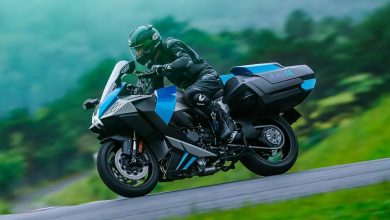Mercedes-Benz GLA 2020 model unveiled

Met the all new Mercedes-Benz GLA crossover. Yes, its is all new on the inside as well the outside. Mercedes-Benz designers have given this revised GLA a smoother exterior with less sharpish lines and the interior get s new stylish technology filled cabin that we have already experienced in the new C-Class, E-Class, S-Class and A-Class models.
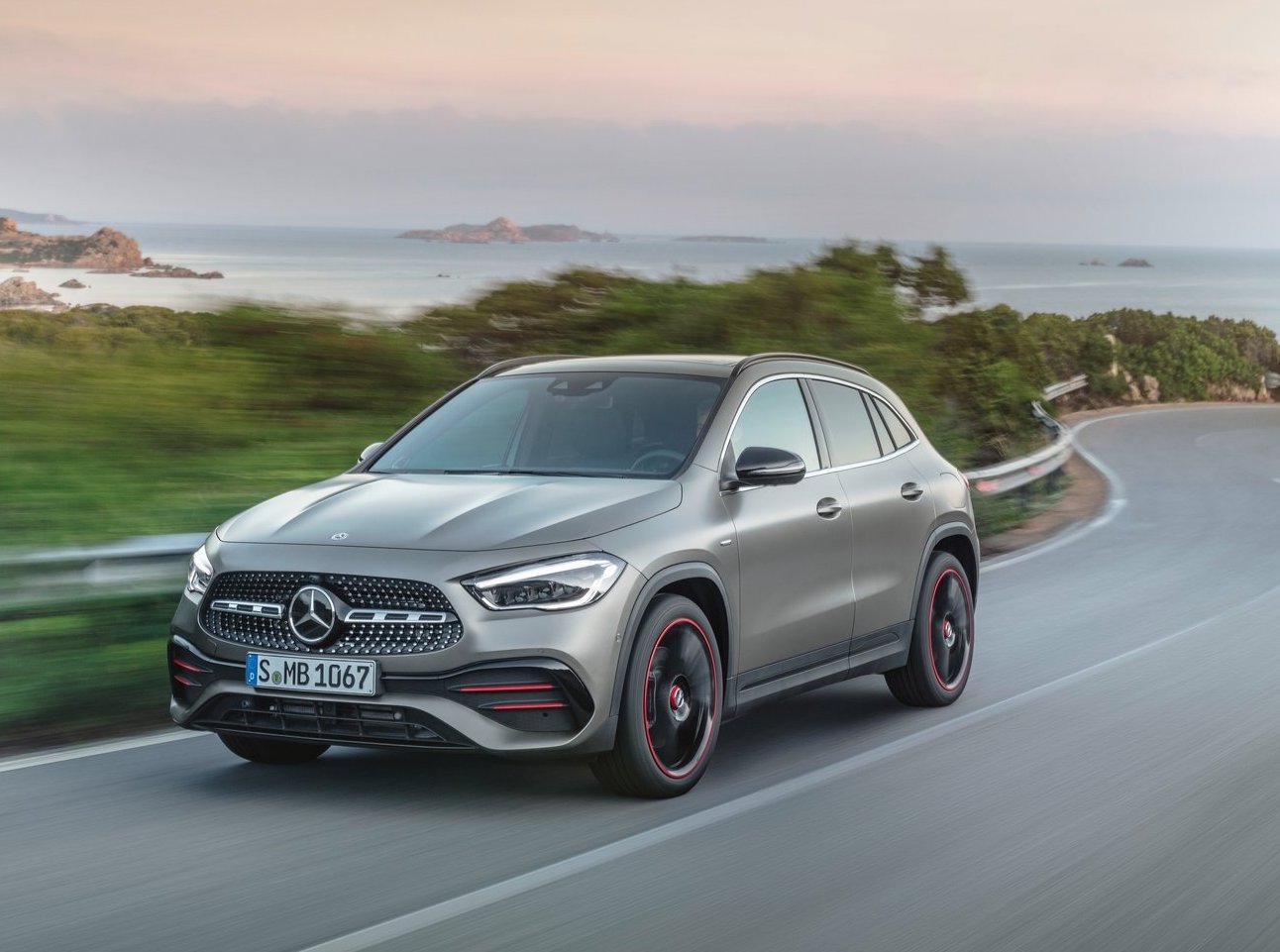
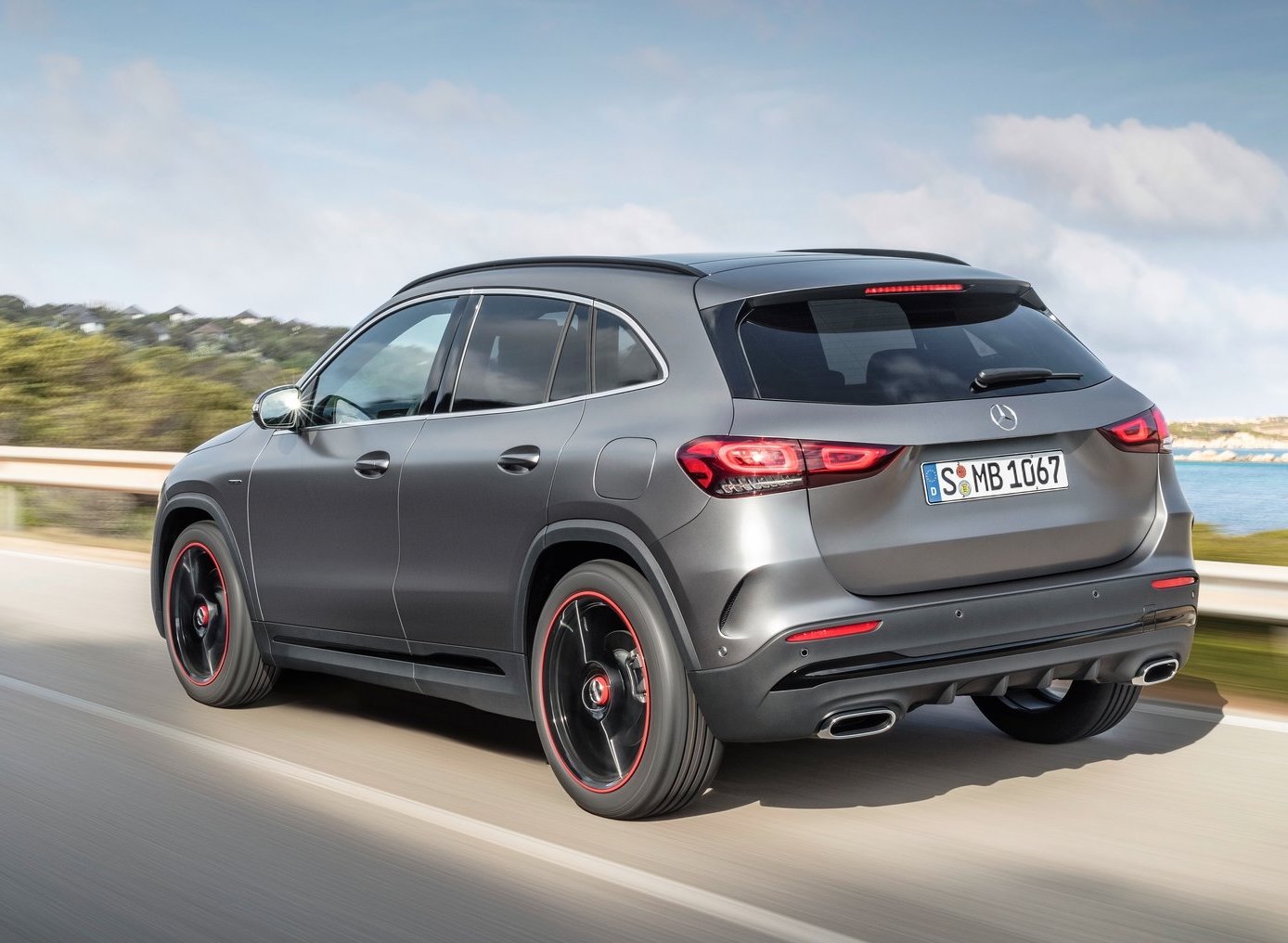
Thanks to this global sales coverage Mercedes-Benz anticipates that, calculated across its full life cycle, the GLA will become one of the brand’s most popular compact class models, only just behind the A-Class. With a cd figure that starts at 0.28, the GLA offers very low wind resistance.
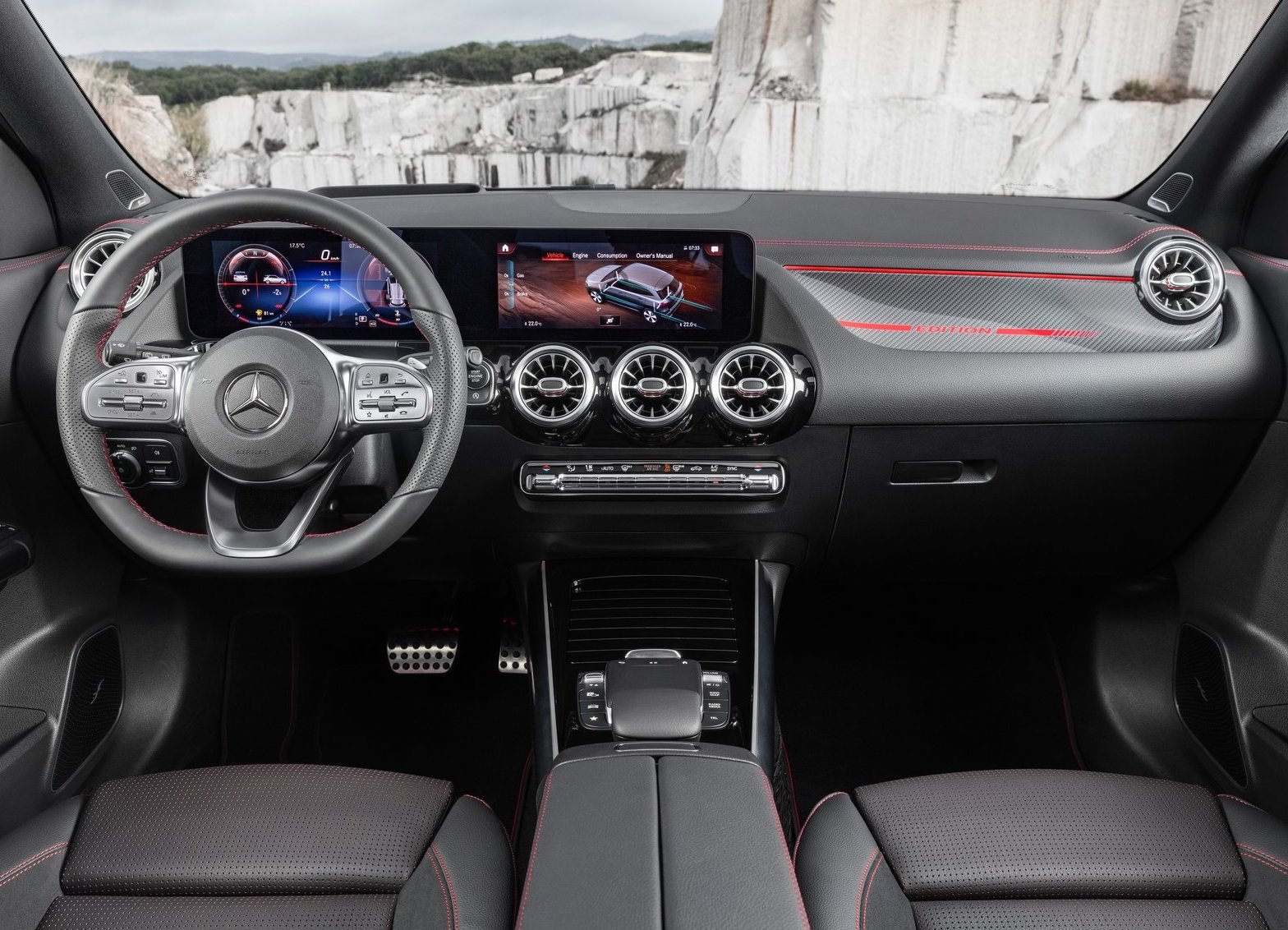

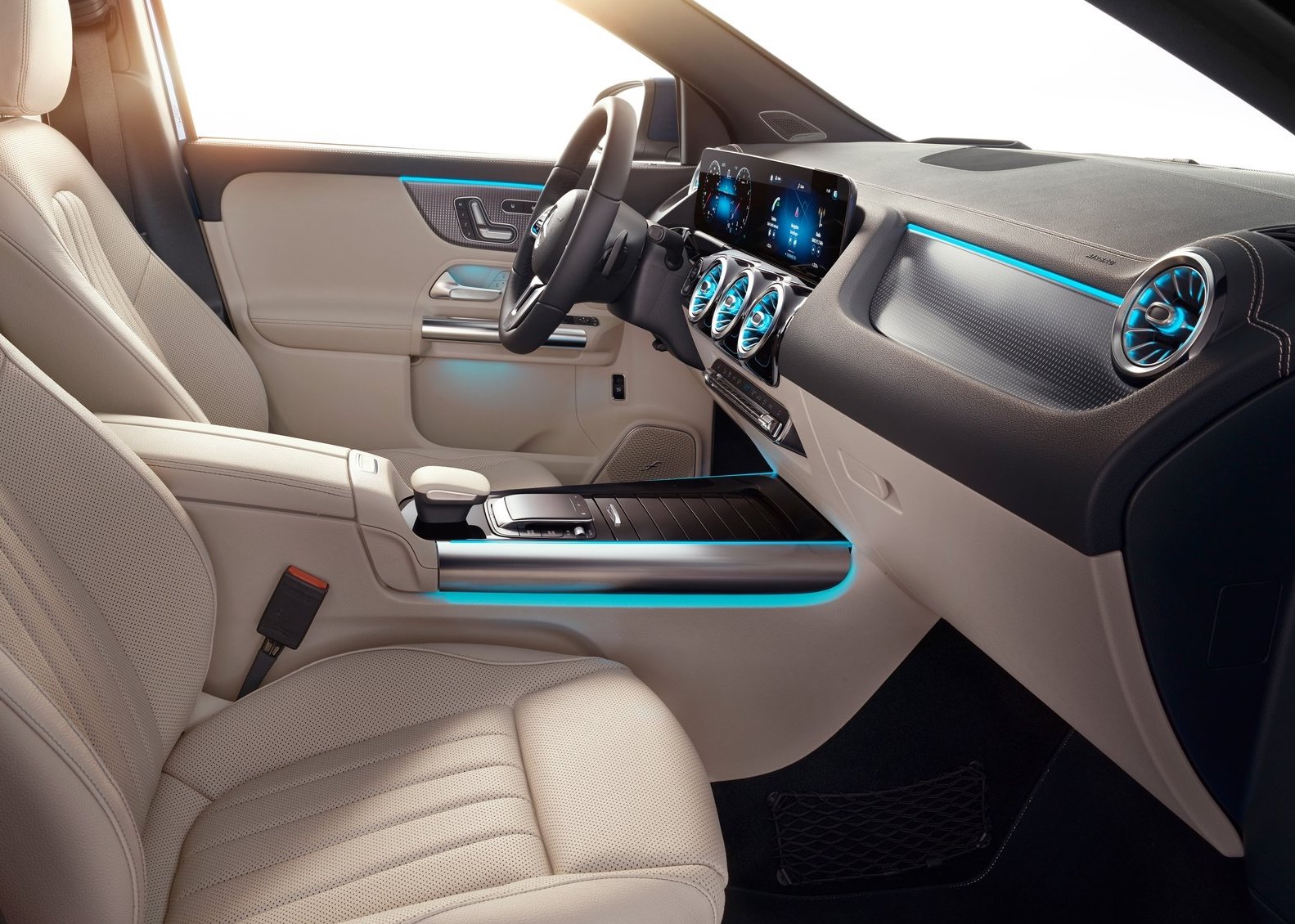
The new GLA combines the best from the two highest-volume segments, the compact cars and the SUVs. The SUVs are a major structural pillar in the Mercedes-Benz product portfolio and now represent the highest-volume segment for Mercedes-Benz. To date, more than six and a half million customers around the world have opted for a Mercedes-Benz SUV.
Self-assured and dynamic: the exterior design
The GLA features powerful overall proportions with short overhangs front and rear. The front section flows over the A-pillar into the visually compact greenhouse. Suggested powerdomes in the bonnet, along with wheels up to 20 inches in size and mounted flush with the outer edge of the body, reinforce the self-assured appearance.
The clear contours, with reduced lines and accentuated planes, convey serene sportiness and modernity. Typical of the GLA are the powerful shoulders of the bodywork and the coupé-like lines of the side windows. This contoured side profile gives the car its dynamically elegant flair and offers an interesting play of light and shadows.
As in the case of the other Mercedes-Benz SUV models, the radiator grille features distinctive openings along with a single louvre and a central star. In hallmark brand style, the inside of the headlamps is finished to a high level of quality, detail and precision.
The side and rear views are characterised by the muscular shoulders of the vehicle. The doors reach over the sills, thereby on the one hand improving ease of access, while at the same time keeping the door frames (and thus also the occupants’ trousers) free of dirt and improving impact protection in the event of a side collision. All-round protective cladding adds structure to the overall proportions and emphasises the vehicle’s off-road character, as does the simulated underride guard at the front and rear.
The rear lights are in two parts, with the reflectors positioned separately in the bumper. The makes it possible to open the load compartment wider, thus also making loading easier. It has the added effect of making the rear end appear wider. Further practical details, which may be optional depending on the equipment line, include the integrated roof rails and the chrome-plated load sill protection.
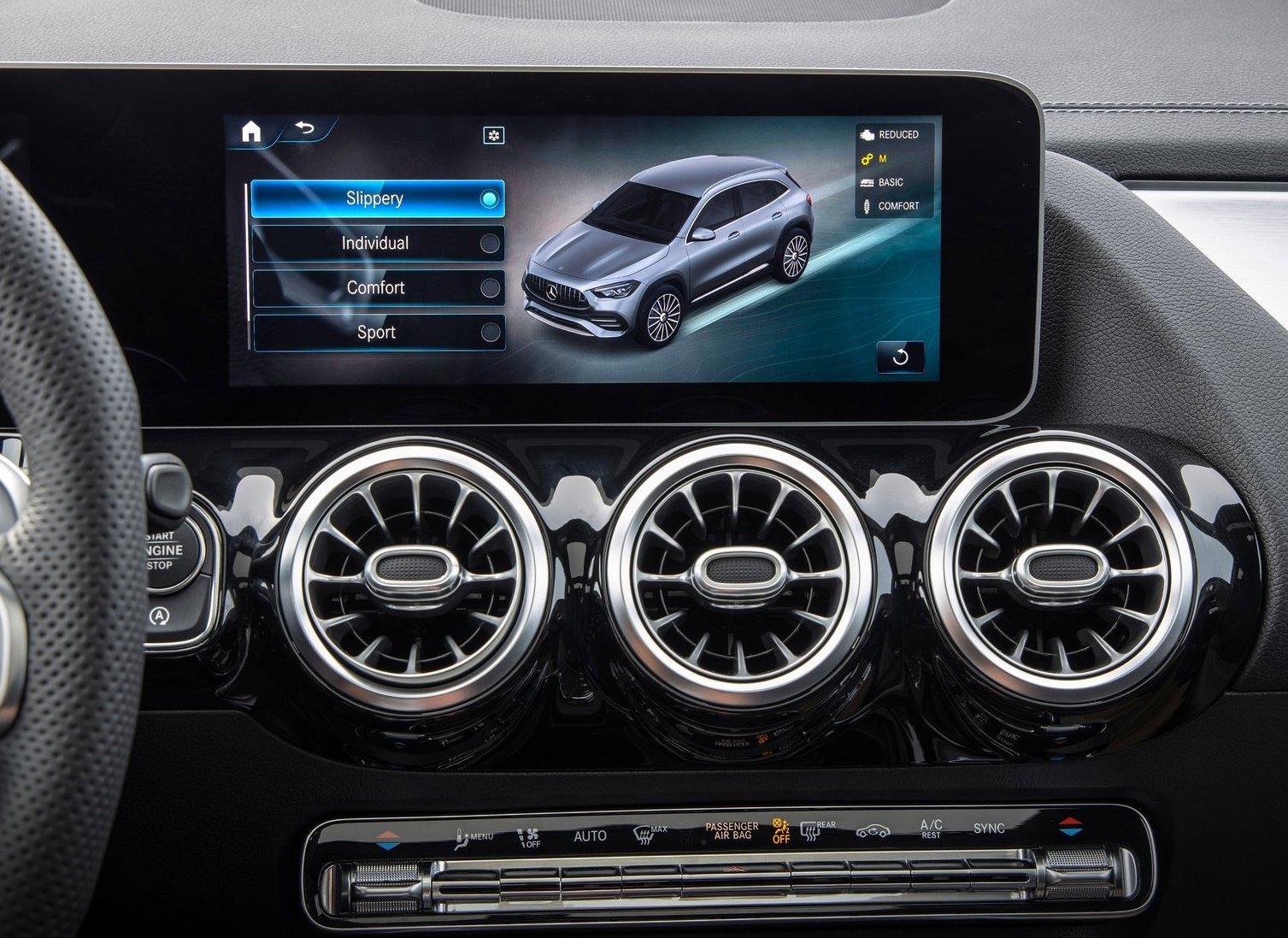
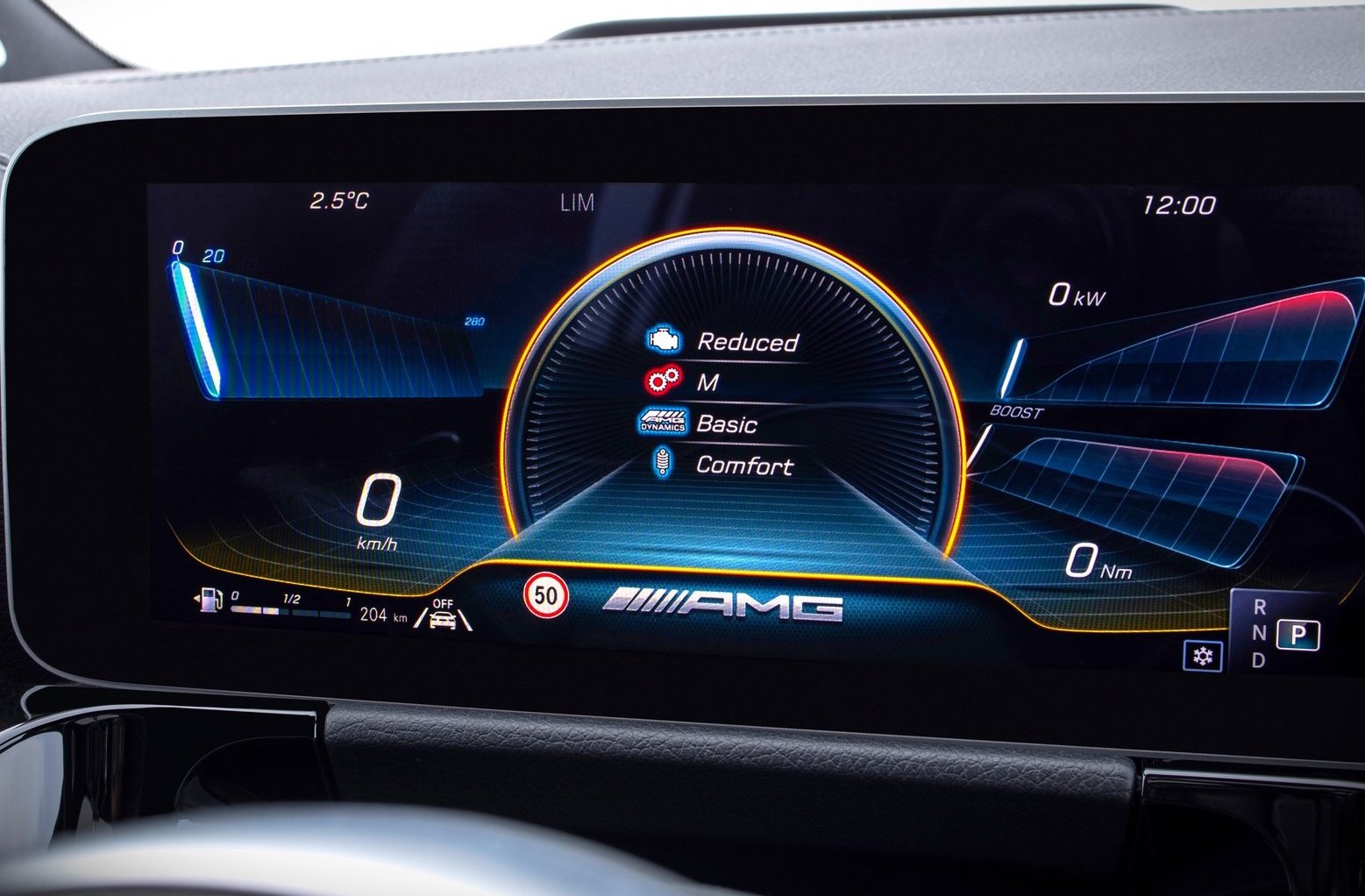


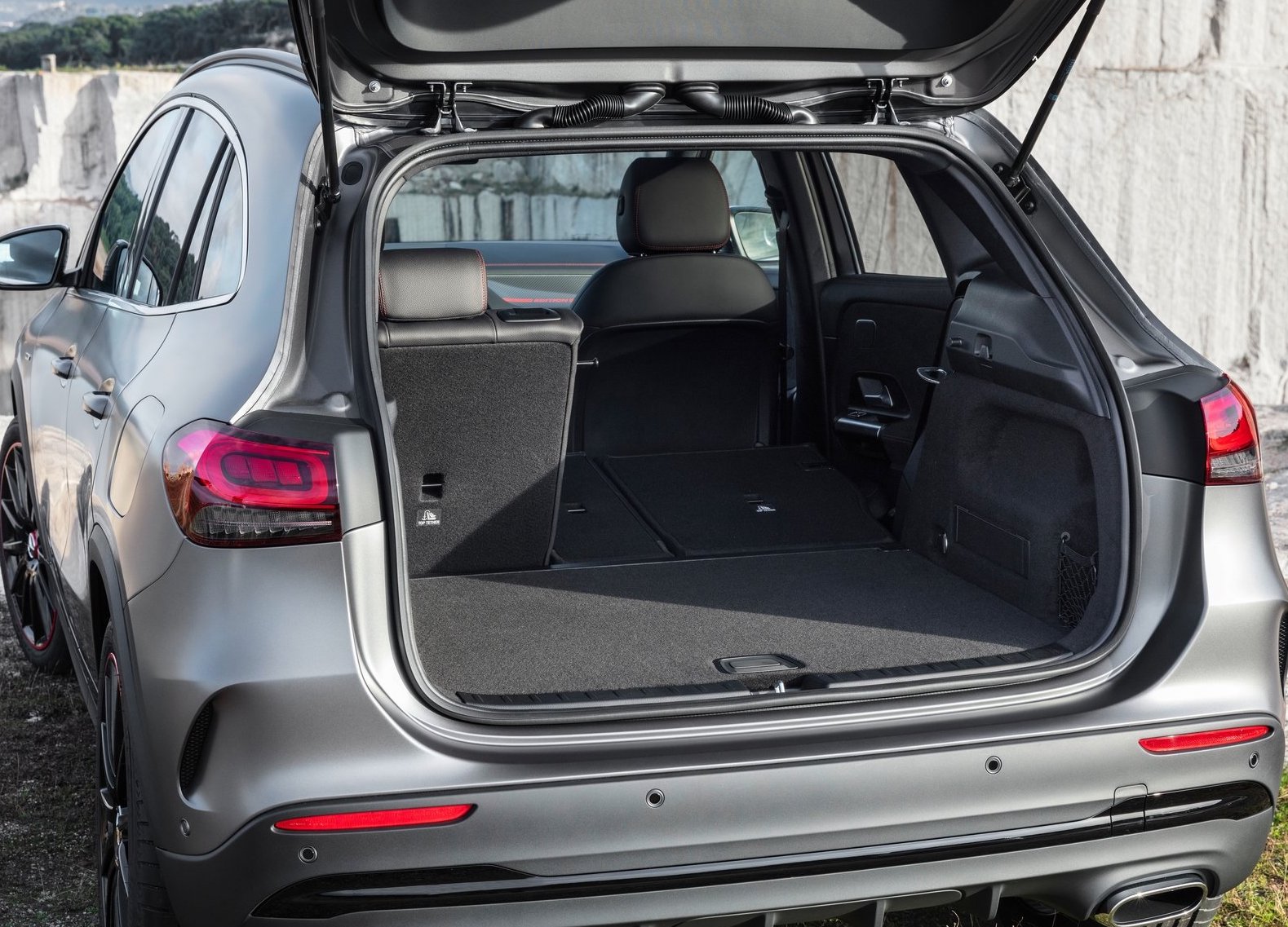
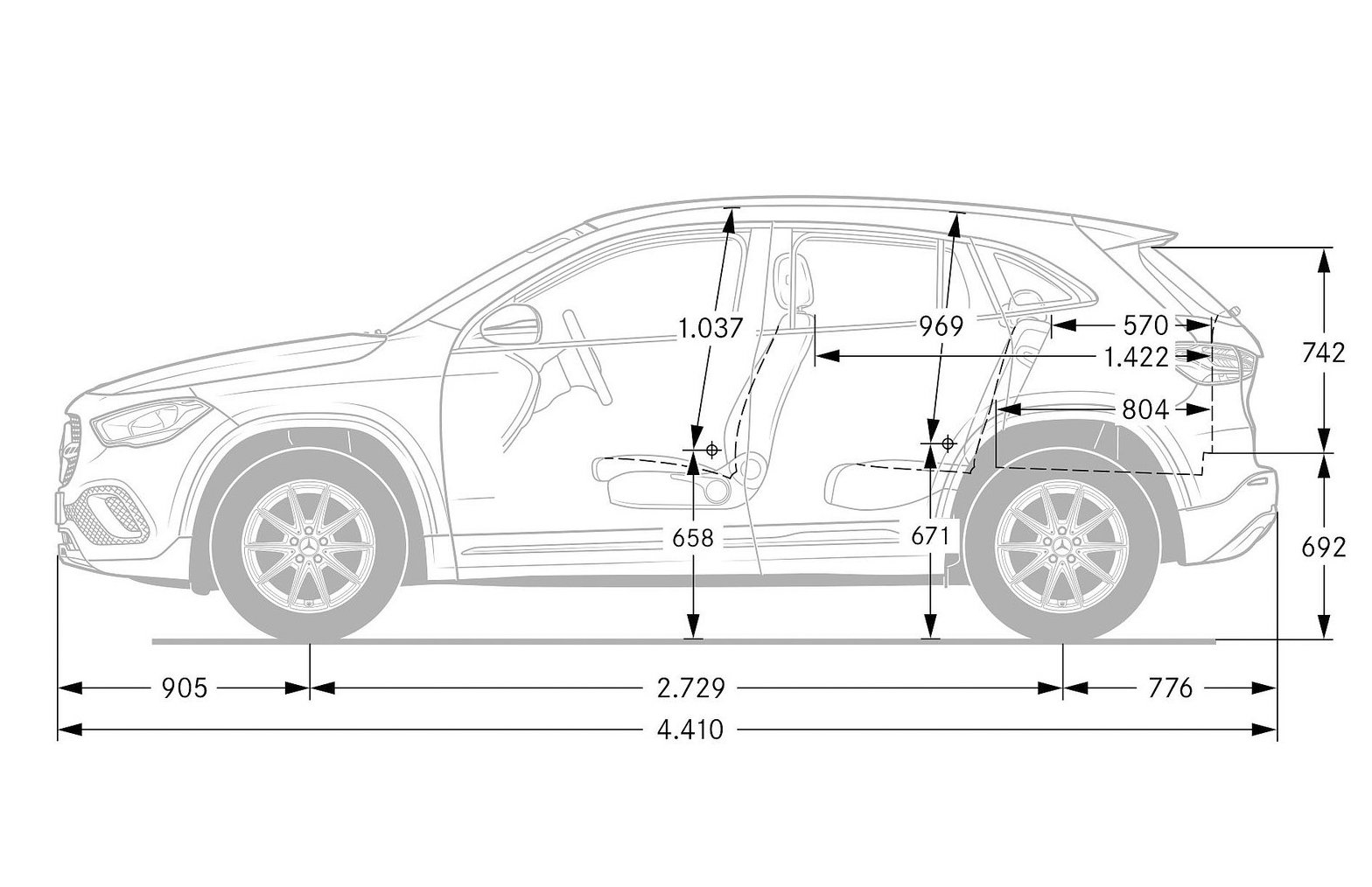
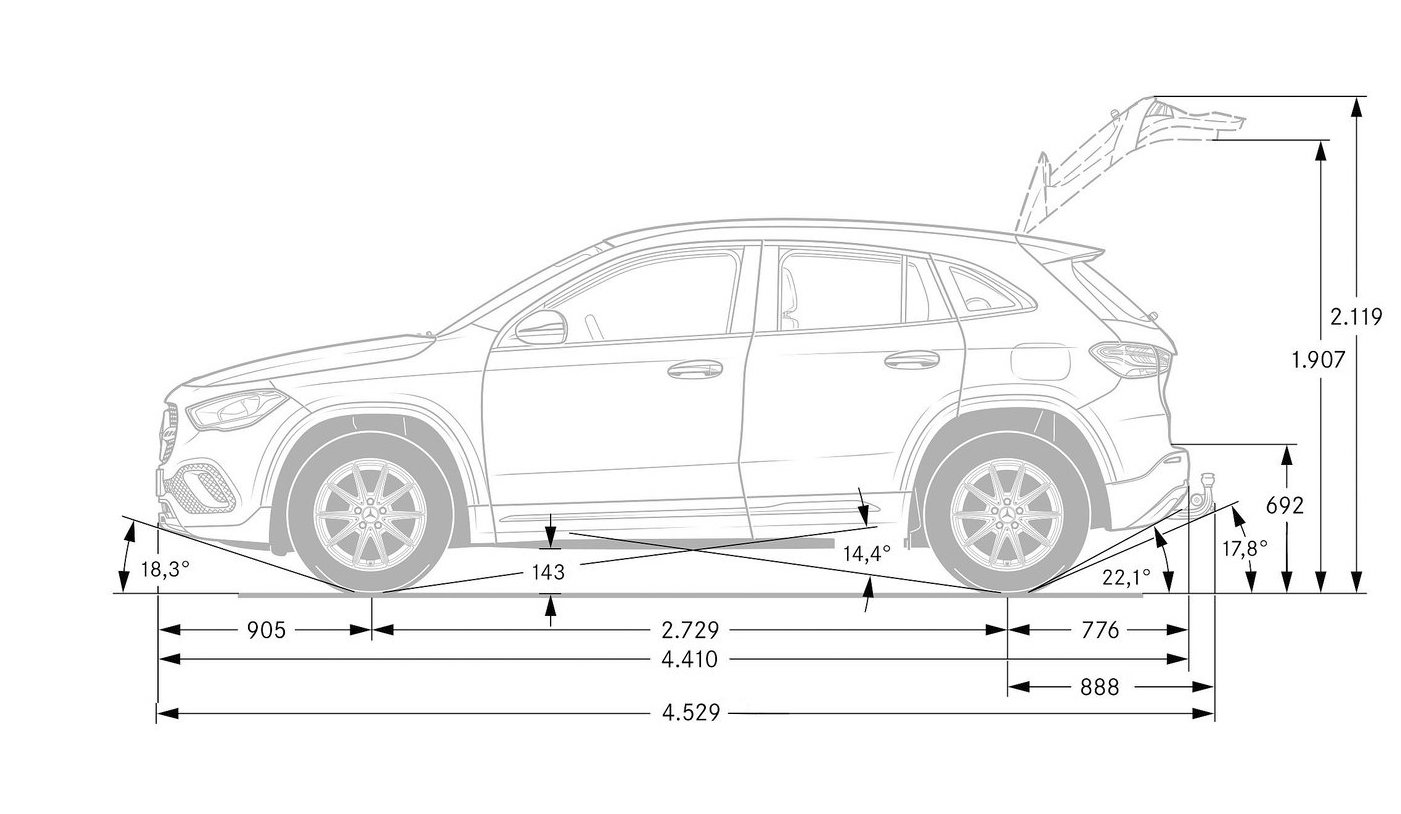

Contemporary and high-quality: the interior
The instrument panel consists of a basic volume, which features optical “cut-outs” in the driver and front passenger area. The cut-out on the driver’s side is dominated by the free-standing display unit, which is available in three variants: with two 7-inch displays (17.78 cm), with one 7- and one 10.25-inch display (26 cm) and, in the Widescreen version, with two 10.25-inch displays. On the passenger side, the cut-out area is finished with a trim element.
The round ventilation outlets, five of them in all, feature a high-quality turbine look with meticulously designed air guidance vanes. The door centre panel flows seamlessly over into the armrest. The grab and assist handle has a tubular profile and runs horizontally like a railing.
Included as standard is the intuitively operated MBUX infotainment system (Mercedes-Benz User Experience). MBUX can be individually configured with the aid of a range of options. The powerful computer, brilliant screens and graphics, customisable presentation, full-colour head-up display, navigation with augmented reality, learning software, and voice control activated with the prompt “Hey Mercedes” are the key advantages of the system.
Significantly enhanced: the interior dimensions and the functionality
Although shorter than its predecessor on the outside, the new GLA offers a more spacious interior. This is particularly true of the legroom in the rear and the boot space.
The seating position for both the driver and the front passenger is higher and more upright than in the predecessor model, and thus more typical of an SUV. The driver and front passenger sit 140 mm higher than in the A-Class and 50 mm higher than in the B-Class. All-round visibility has also been improved in comparison with the previous model – mainly due to an optimised cross-section for the roof pillars, which now block out less of the surrounding area.
Utility value was, in general, one of the focuses of development. The rear seats can be optionally adjusted by 14 centimetres and the rear seat backrest set to a steeper rake, making room for such items as bulky boxes. There is still plenty of room for one or two people in the rear since these backrest variants come with a 40:60 split. The rear seat back rest can be can be split 40:20:40, with each section folding down individually.
The height-adjustable load floor, which comes as standard, offers considerable variability. When the rear seat backrests are folded down and the load floor is in the upper position, an almost flat loading area extending to the front seats can be created. For very bulky objects, the load floor can be put in the lower position, the crossmember behind the rear seats can be removed and the rear seats with optional fore/aft adjustment can be moved forward.
Keeping an eye on the surrounding traffic: the driving assistance systems
The Mercedes-Benz GLA features the latest driving assistance systems, offering the driver cooperative support and so providing one of the highest standards of active safety in the compact car segment. The very latest functions of the Driving Assistance Package include, for example, the turning manoeuvre function, the emergency corridor function, the exit warning function, and a warning when pedestrians are detected near zebra crossings.
The Driving Assistance Package (optional equipment varying according to country and equipment level) includes:
Active Distance Assist DISTRONIC with the functions:
- braking for stationary vehicles,
- extended automatic restarting in tailbacks in conjunction with Active Parking Assist and navigation,
- activation of “Gliding” in the ECO drive mode,
- Active Steer Assist with the functions:
- Active Emergency Braking Assist – with automatic unlocking and placement of an SOS call to the Mercedes-Benz emergency call centre after the vehicle has come to a stop (depending on country)
- Active Lane Change Assist in conjunction with navigation,
- Emergency lane function: in motorway tailbacks at speeds below 60 km/h.
- Active Speed Limit Assist with reaction to changes in speed limits in conjunction with Traffic Sign Assist,
- Route-based speed adjustment when approaching bends, roundabouts, toll stations, T-junctions and before leaving motorways/expressways – reduction of vehicle speed when encountering the end of a tailback, in conjunction with navigation,
- Evasive Steering Assist,
- Active Lane Keeping Assist,
- Active Blind Spot Assist,
- Active Brake Assist with turning manoeuvre and cross-traffic function,
PRE-SAFE® PLUS: can detect a potential rear impact. If the danger of a collision persists, the system can also firmly apply the brakes of the stationary vehicle, minimising the risk of whiplash injuries by reducing the forward jolt caused by an impact from the rear.
Even in its purely indicative version, and at low speeds, Blind Spot Assist is able to warn of vehicles, including bicycles, in the danger area. For the first time, when the vehicle is at a standstill it can signal to the driver with a visual warning in the exterior mirror before they climb out that a vehicle is driving past in the critical area. If the driver uses the door handle at this moment, an additional acoustic warning sounds. The road user driving past must be moving at more than 2 m/s. The function is also available when the vehicle is stationary and up to three minutes after the ignition has been switched off. Active Blind Spot Assist, a component of the Driving Assistance Package, can additionally respond to vehicles in the blind spot and in the critical zone with active braking intervention.
Traffic Sign Assist: posted speed limits and any potential no-overtaking signs are displayed for the current section of the route through image recognition and information from the digital road map of the navigation system. The vehicle speed is compared with the speed limit. When the driver selects the appropriate settings, a visual/visual-audible warning signal is issued any time the speed limit is exceeded. No-entry restrictions are also recognised. Furthermore, the system warns of detected persons in the area of pedestrian crossings.
Travel in more relaxed style: with ENERGIZING comfort control and ENERGIZING seat kinetics
ENERGIZING comfort control links together various comfort systems in the vehicle, using lighting and musical moods plus a number of massage options to deliver a wide range of feel-good programs. The ENERGIZING COACH recommends these programs according to the situation. If the Mercedes-Benz vivoactive® 3 smartwatch or another compatible Garmin® wearable is linked, personal values such as stress level or sleep quality improve the precision of the recommendation.
The ENERGIZING comfort is further enhanced by the ENERGIZING seat kinetics. This system supports orthopaedically beneficial changes in seating posture by means of minute changes to the inclination of the seat cushions and backrest. ENERGIZING seat kinetics is available for the front seats in conjunction with all-electric seat adjustment with memory function.
Neat and clean: the new car wash function
As the first model in its class to do so, the GLA features a car wash function, a familiar feature from its big brother, the GLS. With just one command, the exterior mirrors are folded in and the side windows and sliding roof closed. The information from the rain sensor is suppressed so that the windscreen wipers remain switched off in the car wash. The climate control switches to air-recirculation mode and, after a few seconds, the front image from the 360° camera (if fitted) is displayed in order to assist the driver when driving into the car wash. These settings are automatically deactivated when the driver drives out of the car wash and accelerates to a speed above 20 km/h.
Exceptional comfort on long journeys and plenty of driving enjoyment: the suspension
The front axle of the new GLA features a MacPherson design. Wheel control is taken care of by one transverse control arm below the wheel centre, the MacPherson strut and one tie rod. The wishbone is forged from aluminium. This reduces both weight and unsprung masses. The steering knuckles are made of cast aluminium.
The GLA features a sophisticated 4-link rear axle. The three transverse links and one trailing arm at each rear wheel are configured for maximum driving stability, ride quality and longitudinal/lateral dynamics. The rear axle is mounted on a subframe isolated from the body shell by rubber bushings so that fewer vibrations are transferred from the suspension to the body.
At 1605 and 1606 millimetres (front/rear), the track width is more than four centimetres wider than on the previous model. The bigger wheel arches and the wider diameter of the wheels, at 17 to 20 inches, result in a higher ground clearance (143 millimetres/+9 millimetres).
More traction when needed: 4MATIC all-wheel drive
The Mercedes-Benz GLA can be equipped with the permanent all-wheel drive system 4MATIC with fully variable torque distribution as an option. 4MATIC components include the power take-off to the rear axle, which is integrated into the automated dual-clutch transmission, and the rear axle differential with an integrated multi-plate clutch. This comprises six plates (12 friction surfaces) with a carbon fibre coating and is capable of transmitting as much as 1000 newton metres of torque. Automatic adjustment is made for wear and tear.
Unlike the previous model, in which the actuation was hydraulic, the clutch in this case is electro-mechanically operated. Via a two-stage spur gear and a ball ramp, an electric motor exerts an axial force on the clutch pack to open or close the plates. One element of this compact unit is the rear axle differential; this compensates the different paths/rotational speeds of the rear wheels. The advantages of this control system are, above all, non-rpm-dependent operation across the entire actuation range and thus also the pilot control of the clutch while still stationary, along with higher efficiency thanks to the ball ramp concept. There are no unnecessary losses from a synchronous hydraulic pump and the all-wheel drive unit has direct diagnostics capability.
This sporty all-wheel drive configuration allows the driver to use the DYNAMIC SELECT switch to influence the characteristics of 4MATIC. Three characteristic maps are available to control the all-wheel drive clutch, though the system responds flexibly to the current driving situation in any mode. In regular driving operation, the drive program “Eco/Comfort” is based on an 80:20 distribution (front axle:rear axle), while in “Sport” it is 70:30. In off-road mode, the all-wheel drive clutch acts as an inter-axle differential lock, with the basic distribution a balanced 50:50. A multitude of sensors are used to report the current driving situation to the actual regulation system, based for example on the following factors:
- According to the driving program, varying switch-on/switch-off threshold values
- Driver input (accelerator, brakes, steering)
- Friction between the four wheels and the road
- Uphill/downhill gradients
- Winding/straight road
- Speed
- Trailer operation
- Plus functions protecting against extreme temperatures and overtorque.
- Useful in easy off-road terrain: the Off-Road Engineering Package
4MATIC models feature the Off-Road Engineering Package as standard. The individual package components:
In combination with MULTIBEAM LED headlamps these models offer a special off-road light function. This makes it easier to see obstacles in rough terrain in the dark. With the off-road light, the cornering light on the MULTIBEAM LED headlamps is continuously switched on up to a speed of 50 km/h. This results in wide and bright light distribution immediately in front of the vehicle.
In addition, the Off-Road Engineering Package includes an additional drive mode. This adapts not only the characteristics of the 4MATIC system (see above), but also the power delivery of the engine and the ABS intervention control for off-road driving in easy terrain. It can be activated via the DYNAMIC SELECT switch.
An animation of the driving situation can be called up on the media display. The realistic presentation of gradient, inclination angle and technical settings helps the driver to judge manoeuvres correctly.
If so desired, Downhill Speed Regulation (DSR) automatically adheres to a preselected, slow speed between approx. 2 and 18 km/h, which is shown in the instrument cluster and in the optional head-up display. With targeted brake applications, DSR helps retain control during steep downhill driving.
Powerful and efficient: the engines
The new GLA places its trust in the four-cylinder petrol and diesel engines which were completely modernised for the new edition of the compact model series. In comparison to the previous generation, they are characterised by significantly increased specific outputs and by improved efficiency and emissions. A locally emission-free model with third-generation plug-in hybrid drive system is already being prepared.
The gateway to the petrol-model range is the M 282 with a displacement of 1.33 litres in the GLA 200. This engine has cylinder shut-off for efficient operation in the partial-load range.
Top of the line is the Mercedes-AMG GLA 35 4MATIC The 2.0-litre four-cylinder turbo engine has an immediate response to accelerator pedal commands, high tractive power (400 Nm max. torque from 3000 rpm), a supremely lively response and an emotive engine note. The crankcase made of high-strength, lightweight die-cast aluminium reduces the vehicle weight where it matters most for driving dynamics. A twin-scroll exhaust gas turbocharger is used for turbocharging. It combines optimum responsiveness at low engine speeds with a strong power increase at higher speeds.
The high technological standards of the new four-cylinder engine are also underscored by numerous efficiency-enhancing measures. These include CAMTRONIC variable valve train, intelligent thermal management for coolant and oil, high-precision piezo injectors and multi-spark ignition. In production, the patented CONICSHAPE® cylinder honing reduces in-engine friction and also increases efficiency.



